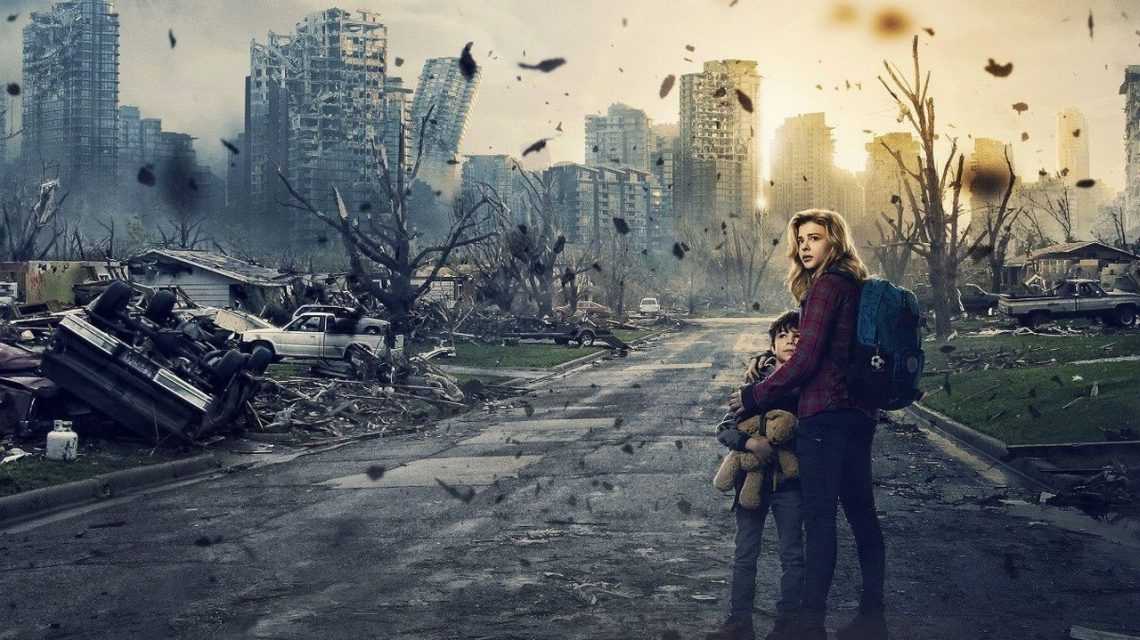Diverse cases: Big Miracle, Moana and The 5th Wave
Abstract
Download full Chapter at the bottom of the page
EElitist critics usually deem Hollywood movies inappropriate to convey environmental messages. Others think that the rhetorical means of feature films are more effective in motivating people than “boring” and didactic documentaries (even if they feature such stars as diCaprio). This also may be the case even when (or mostly when) the voice of green propaganda can hardly be heard, since this kind of messages often trigger merely hostile reactions from the sceptical and well-informed audience as messages supposedly belonging to political parties. That is why I chose to analyse films in which the environmental problematics appear indirectly, for example through metaphors, particular references or further subsidiaries. The need for such distantiation calls attention to the uneasiness with which we humans relate to the necessary as well as inevitable steps we are required to make to fight the causes of global warming. However, the indirect representation of nature’s destruction and its potential consequences may not always serve to protect the psyche of the audience from the looming threats of reality. Rather it characterizes a strategy with which some movies raise environmental themes otherwise hardly noticeable, and also avoiding those uncomfortable feelings that could be provoked by direct representations. Such films may succeed in forcing us to think about the pressing problems instead of believing that we still can enjoy the safe future of our consumer culture. These rhetorical strategies representative of the films I term “biomovies” are demonstrated by two classics from the first era of the environmental movement in the 1970’s, The Omega Man and The Day of the Animal. The contemporary generation of biomovies worthy of our critical attention is illustrated by The 5th Wave and Moana.
Shots from Chapter 2:

The redemption structure can be found in most of the canonized environmental movies from the 1970’s. We might think that the reason behind this is the need to find a someone responsible for the world’s turning into a dangerous place: ‘when the earth becomes a model not of permanence but of sudden, unexpected, and devastating change, the number of people suddenly seeking an explanation in obscure Scripture or conversations with dead people or a Soviet conspiracy will certainly increase’ (Bill McKibben). However, the structure of the redemption narrative does not serve to give a supernatural explanation for all the alarming events; rather, it places the sins committed by humanity against the environment into a moral framework and provides models for taking responsibility. (…) From the 1970’s the trope of ‘sacrifice’ is an integral part of ecological discourse, and it is this element that is the least acceptable to the general audience. We hear again and again that we should make sacrifices in order to achieve a better world, we should make smaller our carbon footprints and waste less, we should not consider material goods as the basis of our wellbeing, and above all, the most ‘required is the sacrifice of our collective illusion of separated superiority’ (Sandra White).” (p. 70, 75)

“There is hardly any reference in the film to the current state of environment or any ecological problems. The only case that could be counted as such is when the boy protagonist, Ben discusses with the invaders’ leader whether whose case is more “ethical”’. The proof of mankind’s higher morality in Ben’s opinion is that “our kind would not wipe out an entire species”, indicating that this is what the alien invaders intend to do with humankind. The alien calmly answers: “Of course you would. You have been doing it for centuries.” Although Ben is groping for words while trying to refute the alien’s allegation, still, that statement does not have any effect on the following part of the plot (…) However, the innocence of humankind is not as obvious as it is explicitly implied, and not merely because of the anthropogenic extinctions the alien General alluded to. There are other implicit references, too: the representation of the alien invasion is accompanied by certain cultural echoes, connotations in the light of which the narrative can be read differently from the plot, “against the grain” if you like. This possibility is offered so convincingly that one may think that it is the very function of the narrative to let the concepts of ecological devastation leak through the invasion plot, so that the psychic energy the viewer gathers and turns against the alien enemy in the film could be redirected to a — perhaps preconscious — commitment towards actions needed to stop the continuing devastation of the Earth.” (pp. 81-82)

“The femaleness of Te-fiti, the aforementioned deity is not significant only because it can accentuate the femaleness of the protagonist. The film mentions her not simply as female or creator, but also as Mother Nature. And considering that Mother Nature could symbolize what she is meant to symbolize, that is, Nature itself, than the causal connection between the theft of her heart and the disappearance of fishes seems to build up the context that is in the focus here; in other words, the theft from Nature in the narrative is the metaphoric equivalent of the exploitation of natural resources. The disappearance of fishes that goes together with the withering of coconut trees — the other main food source in Moana’s island — is a logical consequence of the process of this exploitation that has begun in the obscure past. So it can almost only be interpreted as an ominous sign of an ecological collapse.” (p. 92)




